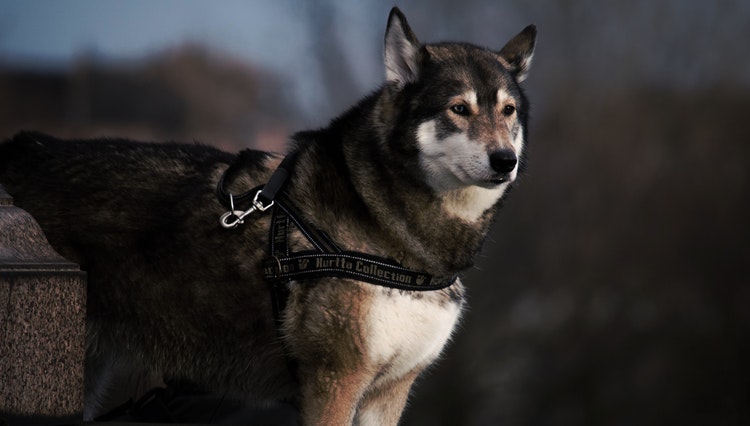Does your senior dog suffer from vision loss? Spot and treat easily
Vision problems are the bane of old age not only for humans, but also for our elderly canine friends. One advantage that dogs have over us is that they do not depend on vision alone as their most vital sense. Their senses of smell and hearing come to their rescue and help them adjust better to changes in their vision.
What causes vision loss?
Vision loss can be caused by various reasons. It can be due to glaucoma and macular degeneration. Cataract also causes visual disturbances in dogs. You can easily detect it when you notice a white coating in your dog’s eye. This can also occur as a result of diabetes.
High blood pressure or hypertension can cause vision problems like retinal detachment, which can lead to blindness. It is better to have your pets checked by the vet regularly, if they have a history of blood pressure. A vet can easily detect the onset of the problem and treat it at the right time, thereby averting vision loss.
Signs of vision loss
There will be obvious signs that point to the fact that your pet is losing its vision. They may bump into walls or furniture and will find it difficult to locate their food bowls, toys and bedding. They will not make eye contact with you. They may stop jumping on or off your couch, turn anxious and become clingy. They may also show signs of aggression, which they do to protect themselves from harm.
If your pet is losing their sight gradually, you can notice the signs by shifting the furniture and rearranging the room. You must contact your vet if you happen to notice the above signs in your senior pet.
How to manage your pet with vision loss?
You can manage dogs with vision problems simply by making your home comfortable for them. Allot an area in your home specifically for your pet. Let this be a familiar place and make sure to not rearrange furniture or make changes in the room. Keep the room clutter-free.
Place your dog’s food and water bowl and their bedding in the same place. If you need to rearrange the room for some reason, then make your dog familiar with the newly changed area by making them walk a couple of times in a leash, until they figure the right path. Make sure you do not have anything in the room that is likely to cause unwanted accidents to your pet.
Most importantly, comfort your dog and give a lot of attention. With a lot of patience and understanding, you can help your dog face this challenging period of life with aplomb.

